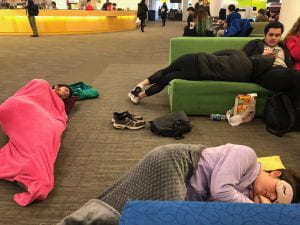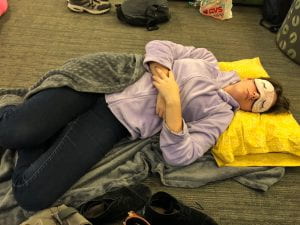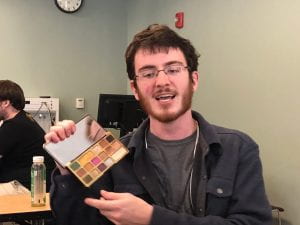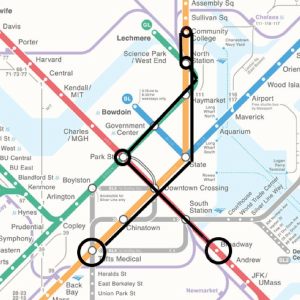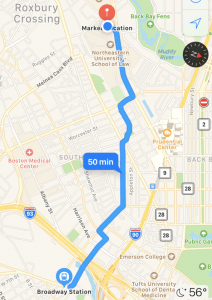Play: https://nikapaprika.itch.io/intransit-demo
It’s no secret that I’m fixated on trains, especially subways. I know nothing about the technical aspects; it’s more of an interest in their aesthetics, in the nature of being between destinations combined with the grittiness and the eerie feeling many subway stations have. There’s a quote from the fiction podcast “Alice Isn’t Dead,” written by Joseph Fink, that tends to come to mind: “While it’s you who leaves a place and you who arrives at a place, it isn’t necessarily you in between.” This can be applied literally, of course, but especially metaphorically, in terms of being between phases in life and the constant change someone goes through. It’s that connection between literal and metaphorical liminality that a lot of my work and my inspiration comes from.
This game is extremely personal. I came up with the initial concept when I first started college, moving into a new phase of my life. I didn’t get a chance to work on it until now, and in a way I’m thankful because in the time since its initial conception I’ve learned a lot about transitions and moving through life and making decisions. I feel like this is a work that will never truly be finished because of this constant personal development; hence, it’s unfinished now, because I didn’t want to rush it or force any contrived endings.
There are countless inspirations for this piece. The ones from class include pretty much all of the scores of Yoko Ono and their meditative, mysterious tone. ARGs like the Jejune Institute from the film we watched and even another classmate’s final project inspire me, too, since the nature of those games is to blur the lines between fiction and reality. My work often has to do with morphing reality, even if it’s a purely fictional narrative; I write about impossible things with a root in real experiences, abstracting emotions and events to convey how they feel, rather than the literal. Anything about breaking reality appeals to me, and I’m heavily inspired by works of surrealism and horror. Media that comes to mind along those lines are the SCP Foundation, an online fictional scientific wiki about strange things and places, and the aforementioned podcast “Alice Isn’t Dead” and other works by the writer, such as “Welcome to Night Vale.” They treat impossible, terrifying, surreal things as normal, mundane happenings. “Alice” specifically is all about using horror as very blunt metaphor for society.
In short, any work that contradicts reality as we know it and/or can serve as an allegory for life inspires me. I tried my best to capture the strange, creepy tone I love in this game while making it very clear it means more than what it’s saying literally. I look forward to developing it further.

